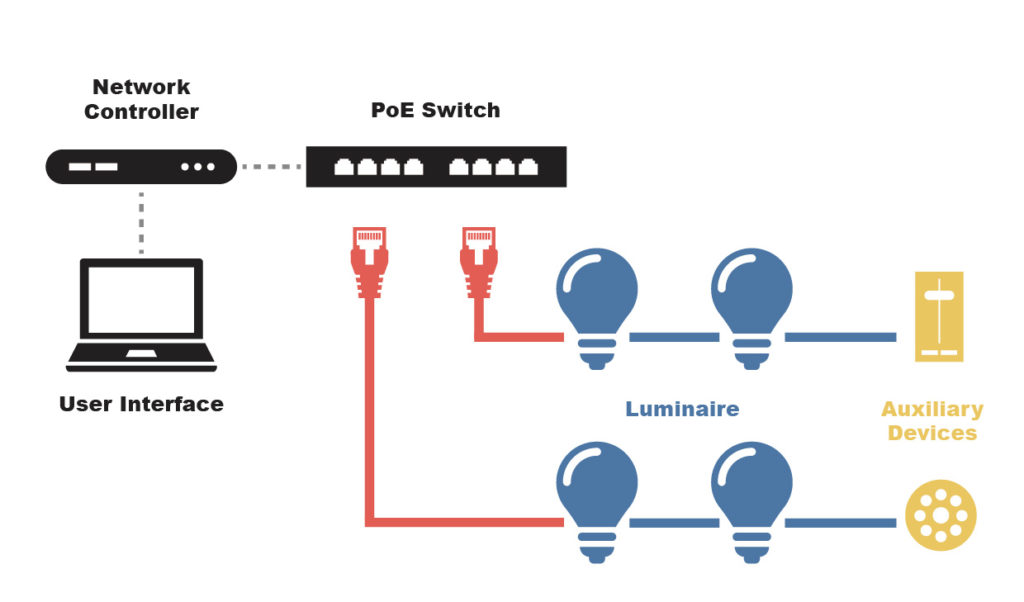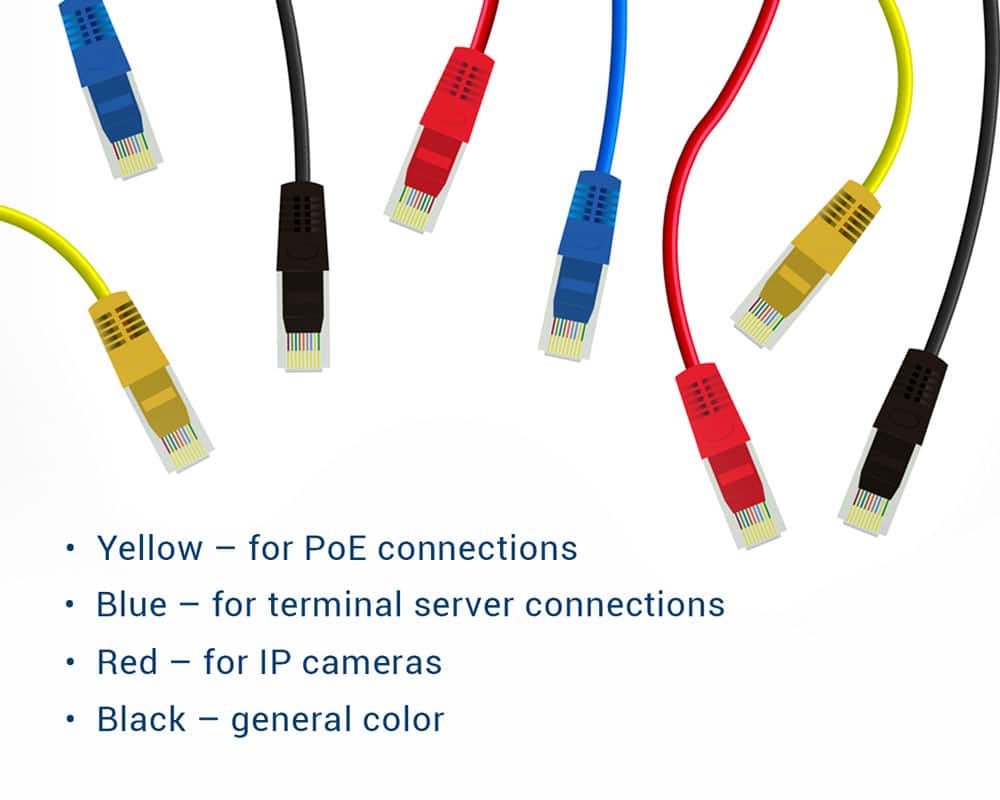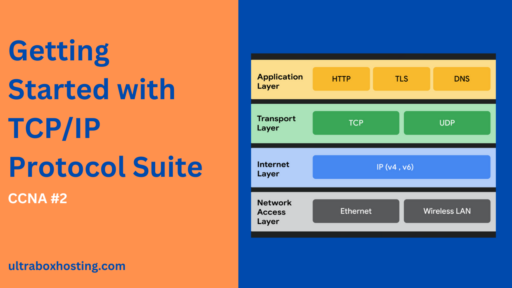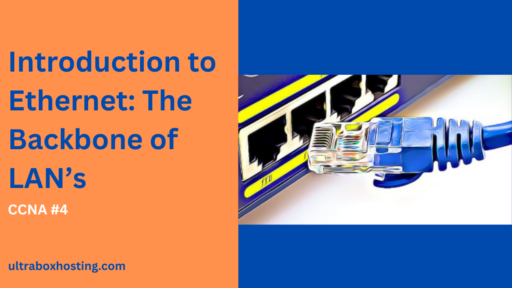Power Over Ethernet (PoE) is a game-changer for networking equipment. It combines power and data delivery over a single Ethernet cable, making installations simpler and more cost-effective. This consolidation not only reduces installation costs but also boosts flexibility and reliability, enabling devices like IP cameras, VoIP phones, and wireless access points to receive power even in locations without electrical outlets. In this guide, we’ll dive into the details of PoE, its benefits, standards, and how to implement it in your network setup.
Understanding Power Over Ethernet

What is Power Over Ethernet?
PoE technology allows network cables to carry electrical power. Typically, a digital security camera needs two connections: one for network communication and another for power. However, with PoE-enabled cameras, only the network connection is necessary since the camera gets its power through the same cable.
How Does PoE Work?
PoE works by transmitting electrical current over data cables like Cat5e or Cat6. This means a single cable can provide both data connectivity and electrical power to devices. In a PoE system, there are two key components:
- Power Sourcing Equipment (PSE): Devices like switches or hubs that supply power over the Ethernet cable.
- Powered Devices (PDs): The end devices that receive power, such as cameras, phones, or access points.
Benefits of Power Over Ethernet
Simplicity and Cost Savings
Installing PoE is straightforward. It eliminates the need for separate electrical wiring and outlets, reducing the amount of cable required and minimizing the need for dedicated electrical services at each device location.
Flexibility
With PoE, devices can be installed and relocated without needing to be near electrical outlets. Network design changes and expansions become simpler and more cost-effective.
Reliability and Safety
PoE is designed with intelligence to protect against overload, underpowering, and incorrect installations. This ensures reliable and safe delivery of power.
Scalability
PoE makes it easy to grow and change your network. Adding new devices or reconfiguring existing ones is efficient and doesn’t require major renovations or downtime.
PoE Standards

Understanding the various PoE standards is crucial for ensuring compatibility and efficiency in your network.
IEEE 802.3af (PoE)
The original PoE standard provides up to 15.4 Watts of DC power per device. It’s sufficient for many simple devices like IP cameras and wireless access points.
IEEE 802.3at (PoE+)
This standard provides up to 30 Watts per device, suitable for more power-intensive devices such as dual-radio wireless access points, PTZ cameras, and IP videophones.
IEEE 802.3bt (PoE++ or 4PPoE)
The latest standard offers up to 60 Watts and, in some cases, up to 90 Watts. It can power devices like video conferencing systems, advanced PTZ cameras, and even thin clients.
Planning and Implementing a PoE Network
Assessment and Planning
Start by evaluating the power requirements of all network devices to ensure compatibility with PoE standards. Consider future growth and potential device additions when planning your power needs.
Choosing the Right Equipment
Select PoE switches and injectors that meet both your current and anticipated needs. Ensure they comply with the PoE standards required for your devices.
Installation Considerations
Keep in mind the distance limitations of Ethernet cabling, which is typically 100 meters for Ethernet over twisted pair cabling. For larger installations, you may need additional switches or repeaters.
Integration with UPS
For critical systems, integrating PoE with an Uninterruptible Power Supply (UPS) ensures continuous power during failures, crucial for devices like security cameras and access control systems.
Conclusion
Power Over Ethernet is a transformative technology for network infrastructure. It offers a blend of simplicity, cost efficiency, and robust functionality. By understanding the nuances of PoE, organizations can significantly enhance their network capabilities with streamlined deployment and maintenance of networked devices. Whether you’re upgrading an existing network or designing a new one, incorporating PoE can lead to a more flexible and future-proof system, ready to adapt to the evolving needs of technology and business.




